With two children under three, getting them outside each day is vital. Not only does it help blow away the cobwebs and burn off some energy but it gives them a new environment to learn in. Over the last few years the number of Forest Schools and outdoor based childcare has substantially grown and it’s now recognised that there are huge benefits of outdoor play for little ones. But how do you replicate that at home?
We always knew that we wanted to create a multi-functional garden. We wanted it to feel like an extension of our living space allowing both adults and children free flow between inside and out. Last year we undertook extensive work to get the garden turned from the ex-building site/jungle in to a safe, blank canvas of grass and patio. This year, it’s my project to make it in to a more child-friendly space; somewhere that allows them to learn, explore and (hopefully) exhaust themselves at the same time… a mum can dream! Don’t forget, you don’t need to invest much to encourage your kids to have fun outside in an educational manner; it can be as simple as making chalk rainbows on the patio to encourage motor skills! We’re fortunate to have a fairly large garden but many of these ideas can be replicated on a smaller scale should you be more limited with your outdoor area.
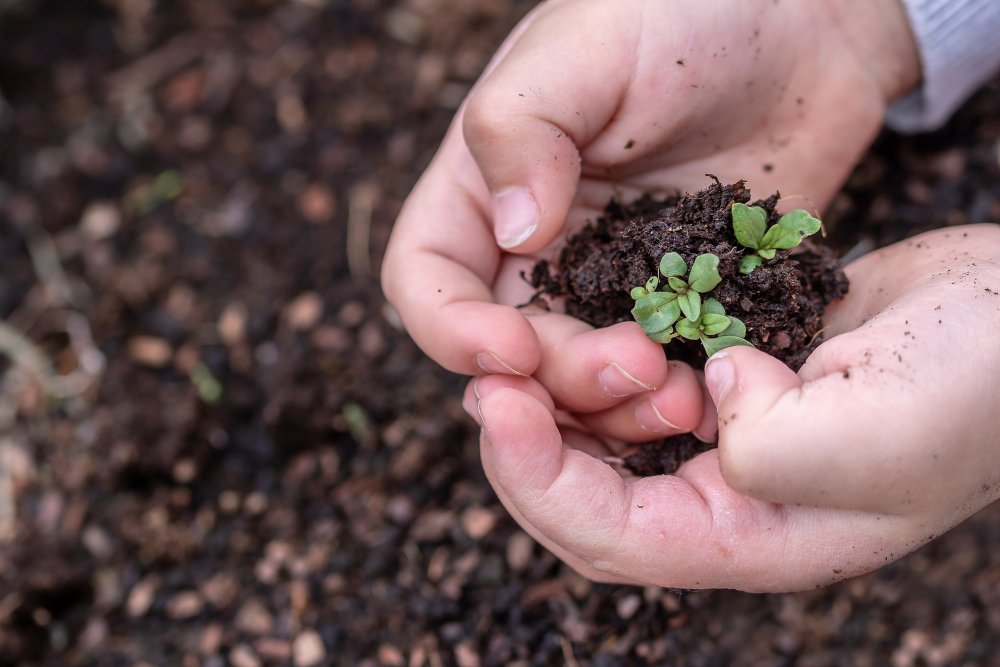
Grow Plants From Seed
There’s nothing quite like watching something grow from a tiny seed into a flower or food that you can enjoy. Encouraging green fingers from a young age is a great way to start discussions about lifecycles, the water cycle and where foods come from. Whilst I’ve got firm intentions of a vegetable patch at some point, realities of life mean we’re sticking with a more manageable space for now.
Wooden garden planters are absolutely perfect for this; a defined, contained space that’s easy to re-use year on year and looks great. Fill them with easy to grow plants such as tomatoes, eye catching sweet peas trailed around a trellis or have a competition to see who can grow the tallest sunflower. One of my personal favourites is always strawberry plants thanks to their sweet fruits which will do well in either a traditional planter or a hanging basket if you’re tight on space! Get your little one involved from the word go; picking the seeds, digging the compost, planting them out, the daily watering and of course, the tasting if you’re growing fruit or veg!

Experiment With A Mud Kitchen
Remember making soups and potions as a child out of grass, flowers and water? Well that’s had a bit of an upgrade. Putting a mud kitchen in to your garden is essentially encouraging your child to do just that; get cooking with nature. From role playing through to exploring textures, a mud kitchen is a great way of encouraging outdoor play. Your mud kitchen can be as basic or complex as you like; from a storage box filled with old pots, pans and wooden spoons, through to a custom made creation.
The great thing about mud kitchens is that they can be enjoyed anywhere, whether it’s in a corner of the garden or on the patio table, there’s endless amounts of fun to be had. However, mud kitchens can become, well, muddy, and you might not want all of your garden furniture smothered in mud. Luckily, you can get Custom Acrylic Sheets for surfaces, or even for the kids to enjoy the mud, to prevent any furniture from getting unnecessarily dirty.
Early this year we made one out of scrap wood from my parent’s garage and it’s one of the most popular things in our garden; a painted on hob and blackboard, old plastic sink container and some Ikea pots and pans give them hours of fun. I added a small water butt to the side of ours to give them accessible water which adds another element for them to cook and wash up with but you can do this by giving them a pot of water from the kitchen.
Don’t let the ‘mud’ in mud kitchen put you off, there’s plenty of fun to be had without a speck of mud in sight; our chefs use leaves, twigs, stones, grass and flowers (usually daisies or dandelions – both of which help us keep the garden looking less weedy!) with great success. Top tip: if you have fresh flowers in the house which have gone over, shake the petals off and let your little explorers use them to ‘cook’ with!
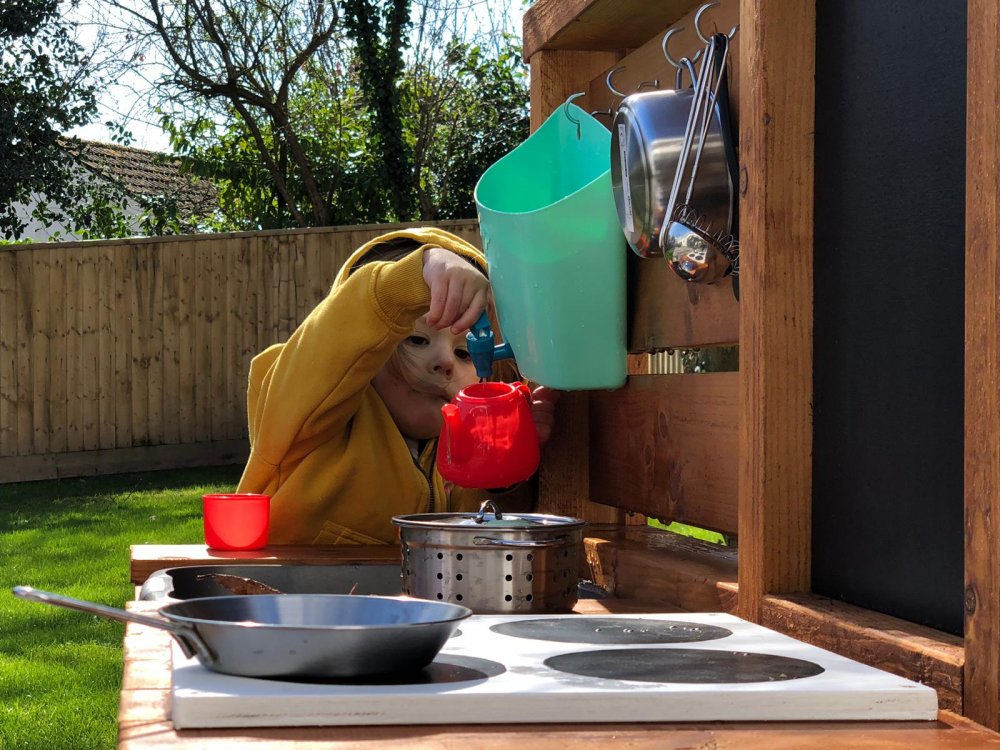
Create A Quiet Zone
You can’t ever underestimate the importance of creating a quiet, relaxing zone for your children in the garden. Whether it’s for snuggling up together to read books or a space for them to nap; encouraging a calm, peaceful area for relaxation will allow them time to absorb and reflect upon all of the things they’ve learnt so far. We love the idea of placing a large hammock (such as these from HammockGiant) in a corner of your garden to create that safe, reflective space for all of the family to enjoy. The beauty of buying a free standing hammock is that you can move it between sunny and shady dependent on your families needs – as much as I love the idea of a bit of sunshine lounging, there’s nothing more relaxing than swaying in the dappled shade – at any age!
Install A Bug Hotel or Bird House
Encourage nature in to your garden with a few easy installations designed to bring in new ‘friends’. We’ve all heard of bird houses and bird feeders but you can also now get bug hotels, which are right up a dirt loving child’s street! You can make your own but there are plenty available for minimal cost from places such as Amazon, with nooks and crannies to give the creepy crawlies lots of places to make their home! Team it with a miniature explorers kit
For the slightly less squeamish amongst you, birds may be more suitable. From peanuts to fat balls, bird feeders are a great way to help encourage your child to take an interest in the birds around your area. If you’ve got a space to hang one, why not pop up a bird house too. My absolute favourites are ones like this that sit against your window so that you can see what’s happening inside – don’t worry, the birds can’t see you! Alternatively for kids, you can’t go wrong with one that they can decorate themselves before pinning proudly to the fence or wall. Pair any of these with a beginners book to garden wildlife so that you can learn more about your new visitors.
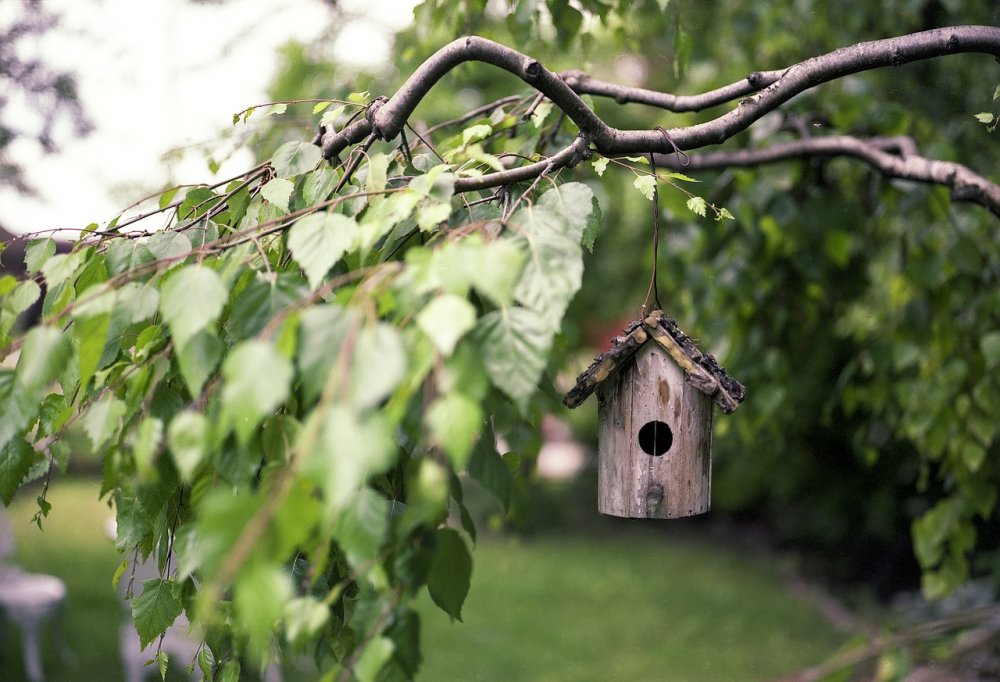
Encourage Role Play With A Play House
Is it a shop, a house or a restaurant? A play house ignites imagination and role play in a way like no other. Great for solo play, playing with adults or with other children, it’s a part of the garden that will get plenty of use. As tempting as it is to go for something complex, don’t feel like you have to… part of the beauty of a blank, simple canvas is the amount it lets kids’ imaginations flow. If you want to help prompt things why not put a few props out there that can be stored inside – some old kitchen bits or play chairs, or go the whole hog and deck it out with curtains and furnishings.
As your child grows, what was once a place for running in and out of becomes a den to take refuge in, a hiding place or a stage to perform from. My advice? Don’t overthink it too much, they’ll love any space that they can claim as their own. Even if they have to share it with a spider or two!
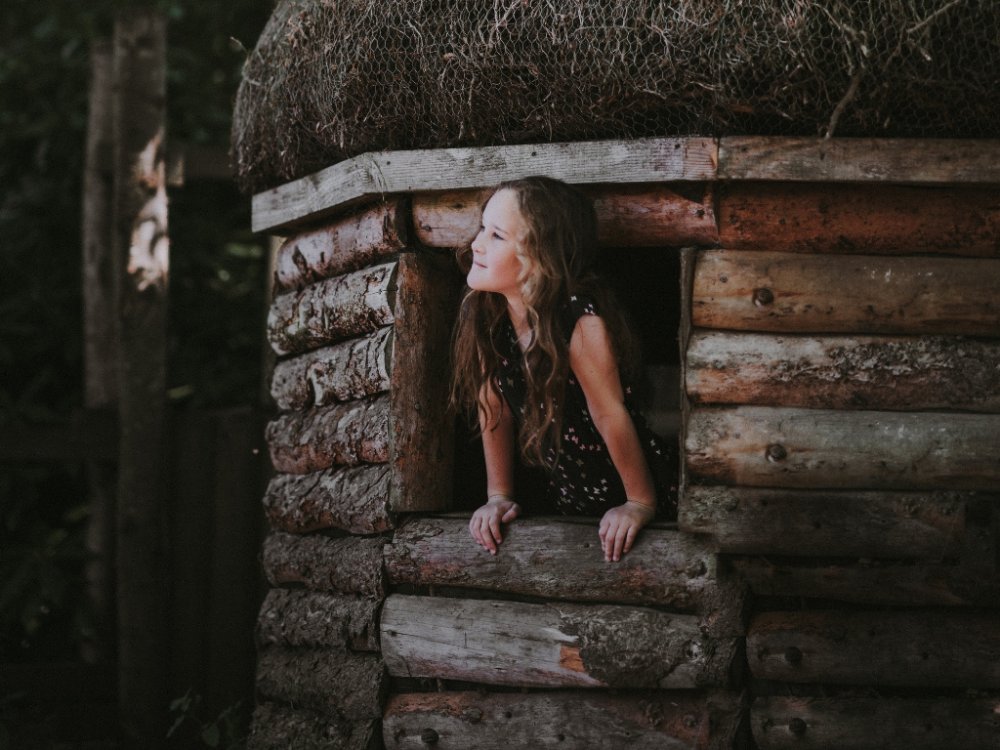

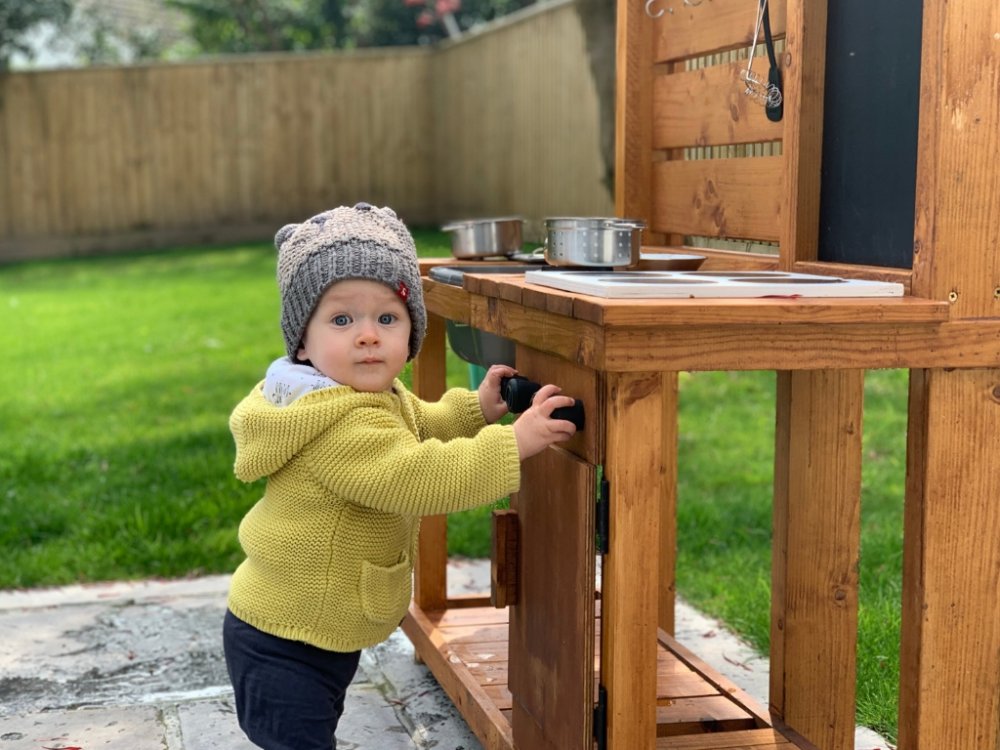

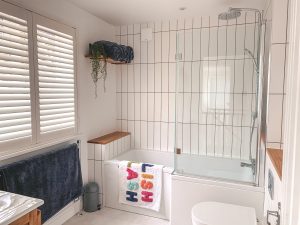
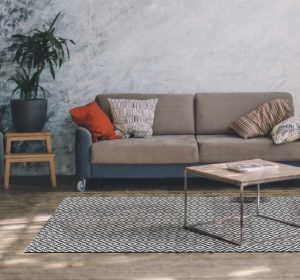


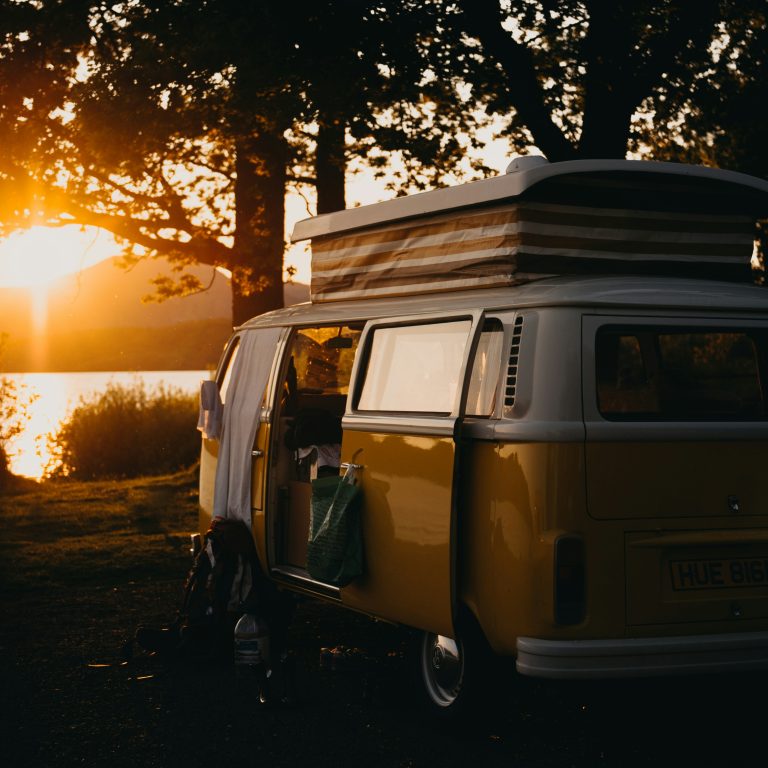

No Comments